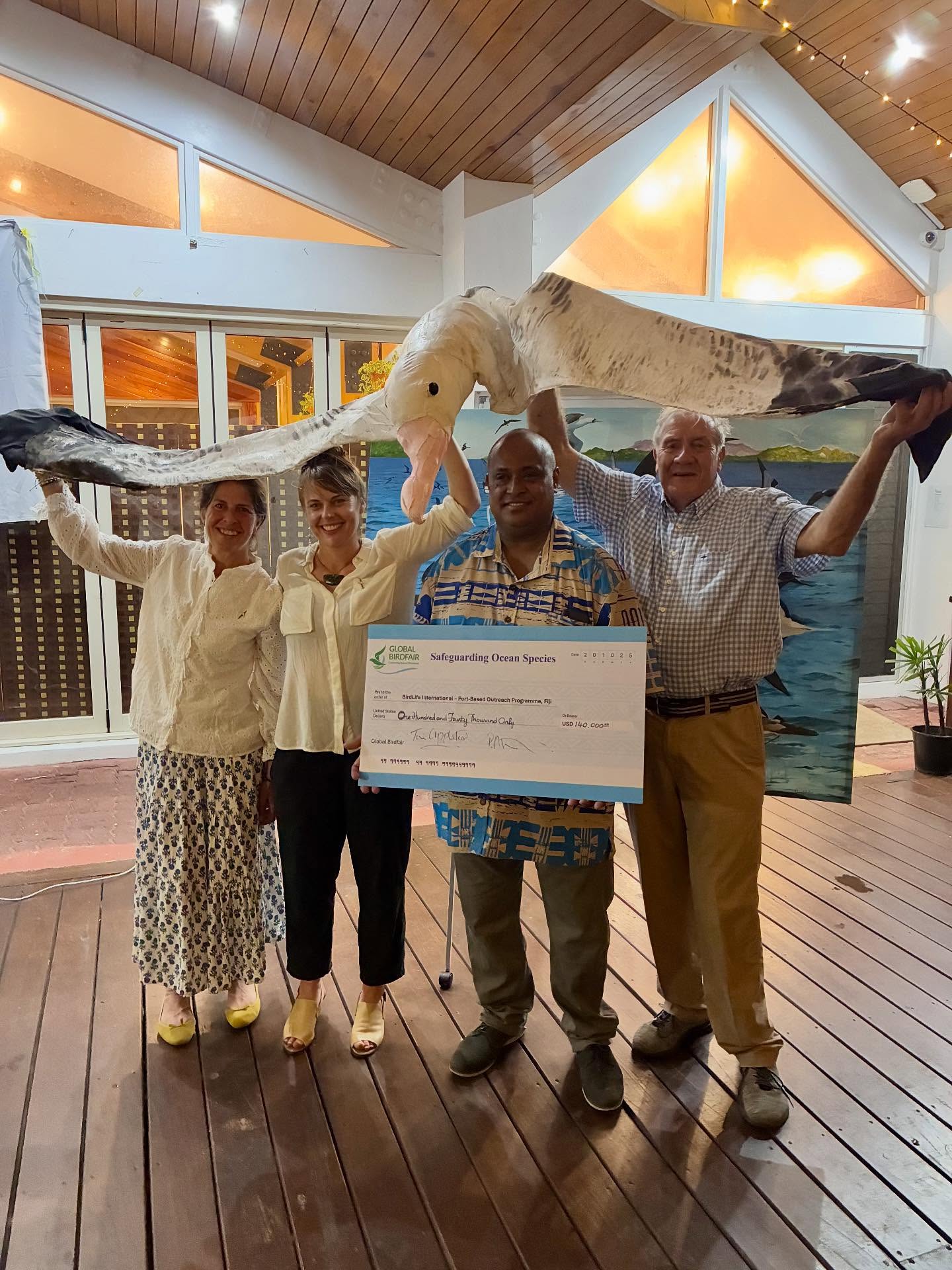 All smiles at the presentation ceremony Tim Appleton and Penny Robinson, founders and organisers of Global Birdfair, with members of the BirdLife Pacific team in Suva, Fiji
All smiles at the presentation ceremony Tim Appleton and Penny Robinson, founders and organisers of Global Birdfair, with members of the BirdLife Pacific team in Suva, Fiji
This year’s Global Birdfair was held at Lyndon Top, Rutland, UK over 11-13 July. The Global Birdfairs commenced in 2022, following a long run of annual British Birdwatching Fairs in Rutland that started in 1989 and ended due to COVID19 in 2020. The 2025 fair adopted as its conservation project “Safeguarding Ocean Species”, looking once again at the incidental mortality (bycatch) of albatrosses and petrels caused by longline fisheries. This followed on from the 2000 British Birdwatching Fair, which marked the commencement of BirdLife International’s then Seabird Conservation Programme, with its theme of “Keeping Albatrosses off the Hook”.
The 2025 project’s Flagship Species is the globally Endangered and Nationally Critical Antipodean Albatross Diomedea antipodensis – identified by ACAP as a Species of Special Concern. The Safeguarding Ocean Species project is centred on the South Pacific with Suva, Fiji as its base, from where it works on reducing albatross bycatch in fisheries.
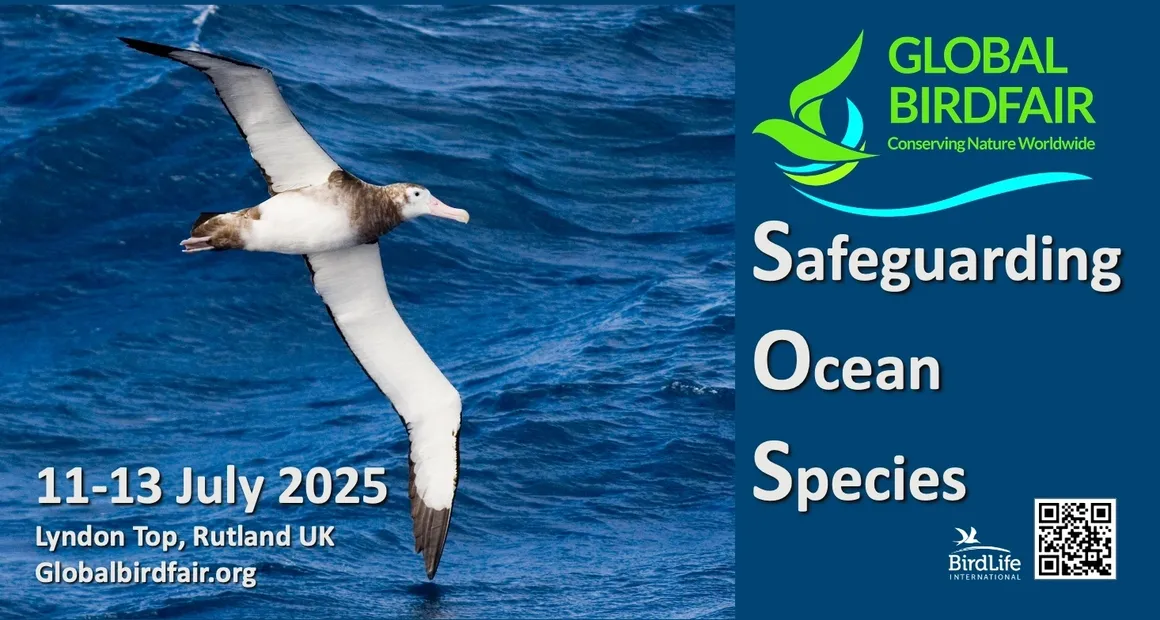
The fair has now announced that it raised US$140 000 towards its chosen project and “wishes the whole [BirdLife] Pacific team continued success in their hard work”. BirdLife International CEO Martin Harper says: “We are hugely appreciative of the Global Birdfair community for their generous support to birds and BirdLife over so many years. This year’s funds will help us tackle the single greatest threat to our iconic seabirds in the Pacific. Crafted by local women in the Nasinu neighbourhood of Suva, these bird-scaring lines support local livelihoods and ensure safer seas in the southern Pacific. With this huge funding boost, the programme will expand to more Pacific ports, empowering more women and protecting more albatrosses"
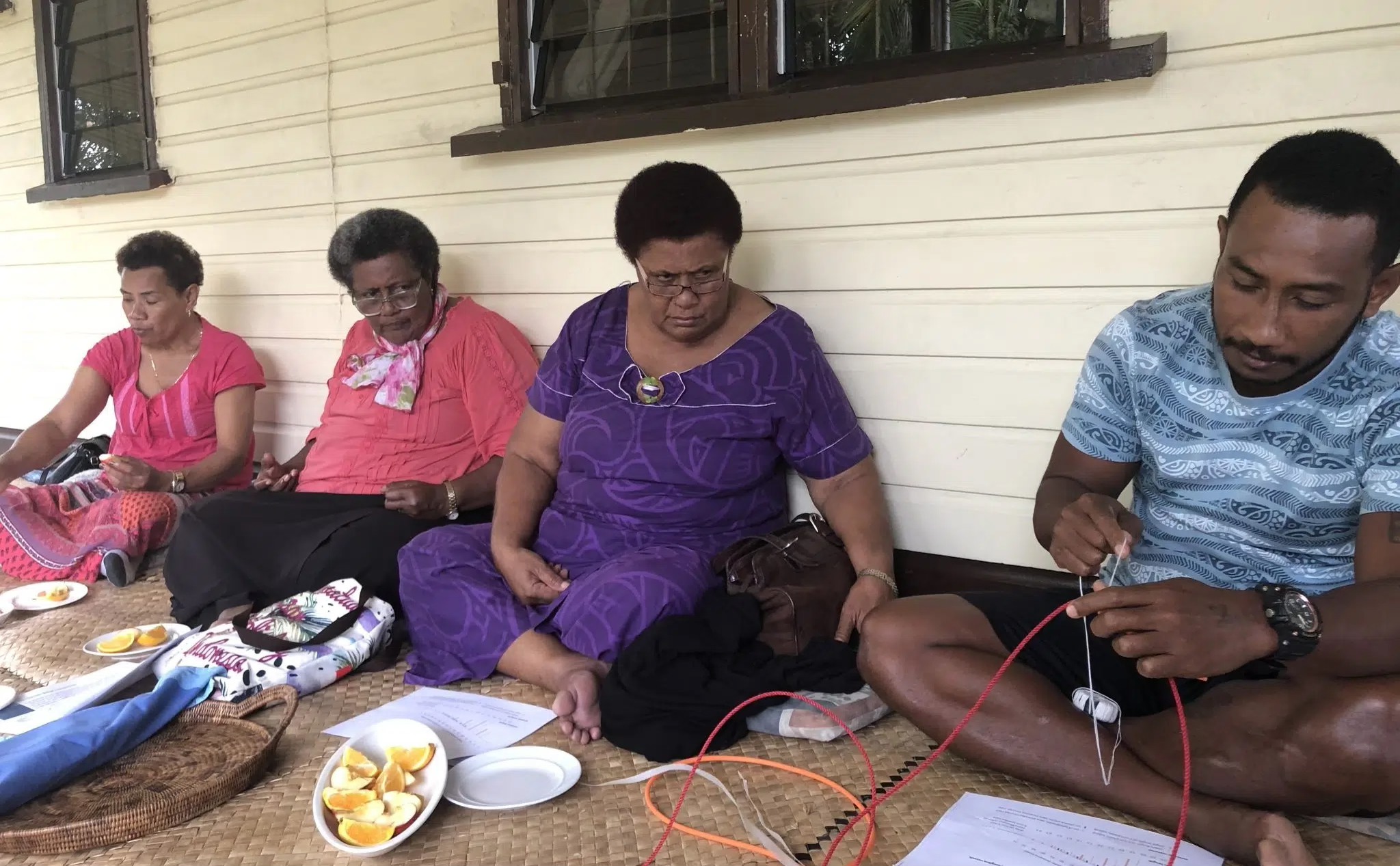 Manufacturing bird-scaring lines in Fiji
Manufacturing bird-scaring lines in Fiji
Registration for exhibitors, speakers and new applications for Global Birdfair 2026 opens in mid November.
Information from the Facebook pages of the Global Birdfair and BirdLife International. Read more here.
John Cooper, Emeritus Information Officer, Agreement on the Conservation of Albatrosses and Petrels, 24 October 2025, updated 26 October 2025

 English
English  Français
Français  Español
Español 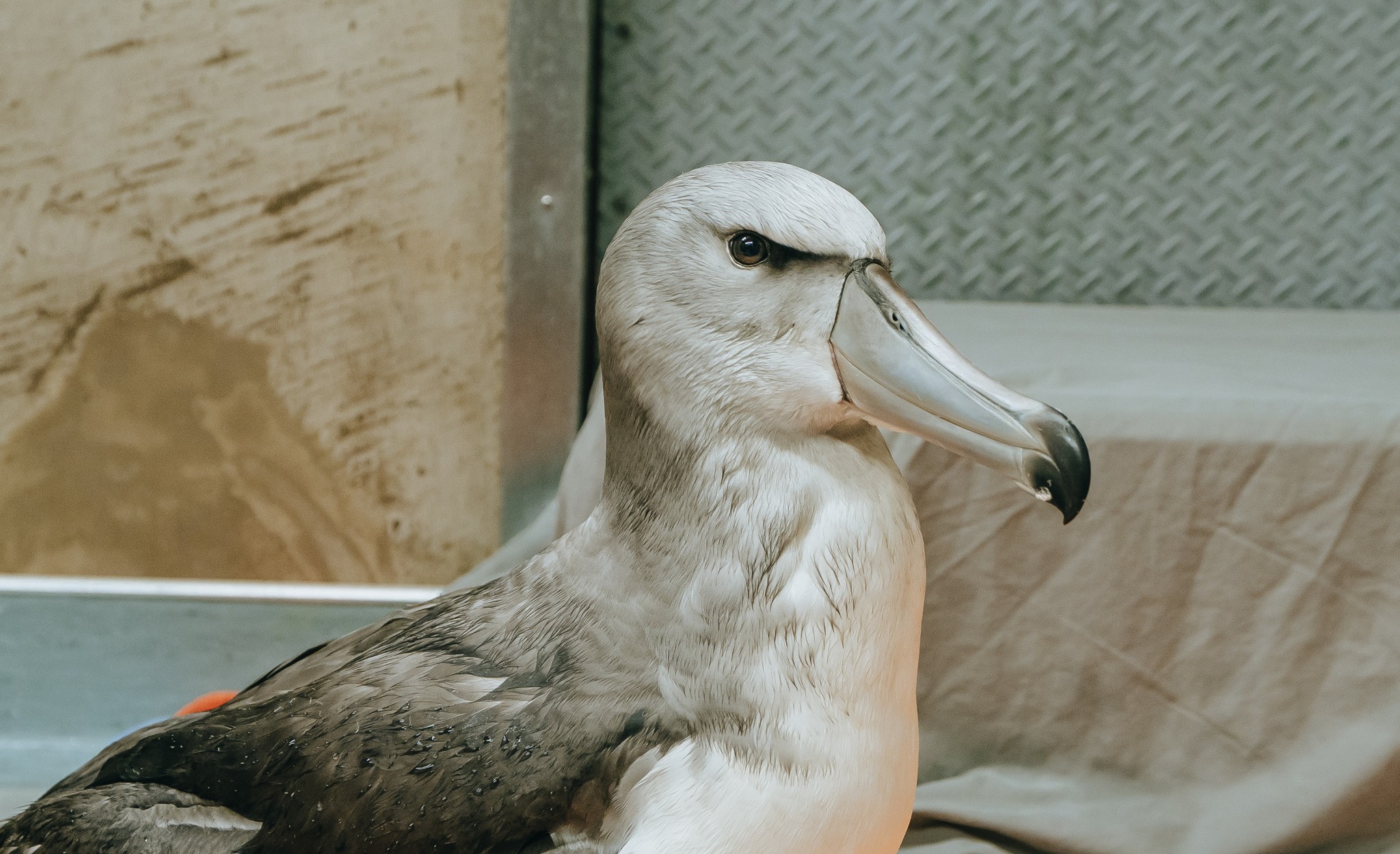 The juvenile Salvin’s Albatross at Auckland Zoo
The juvenile Salvin’s Albatross at Auckland Zoo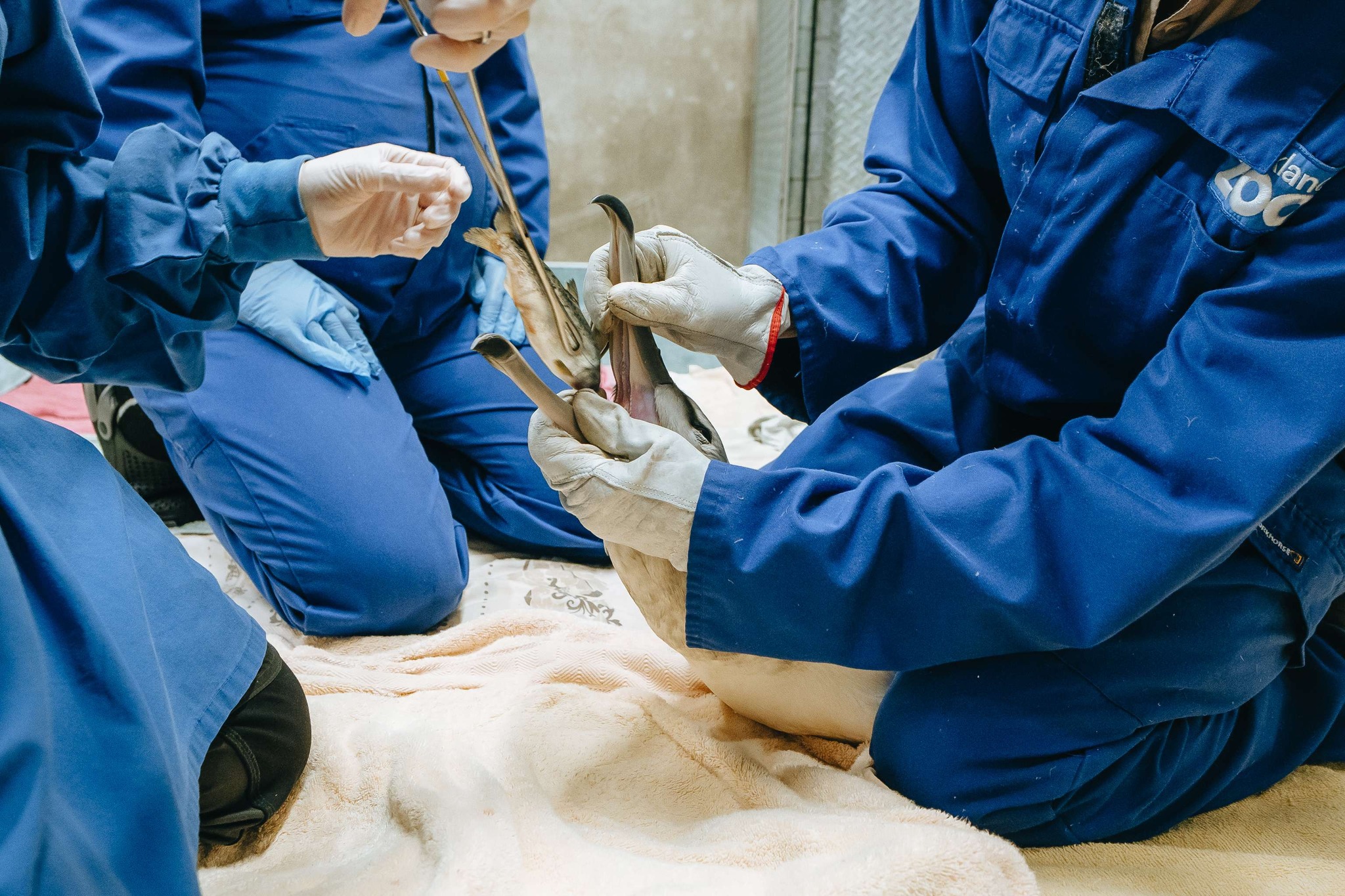
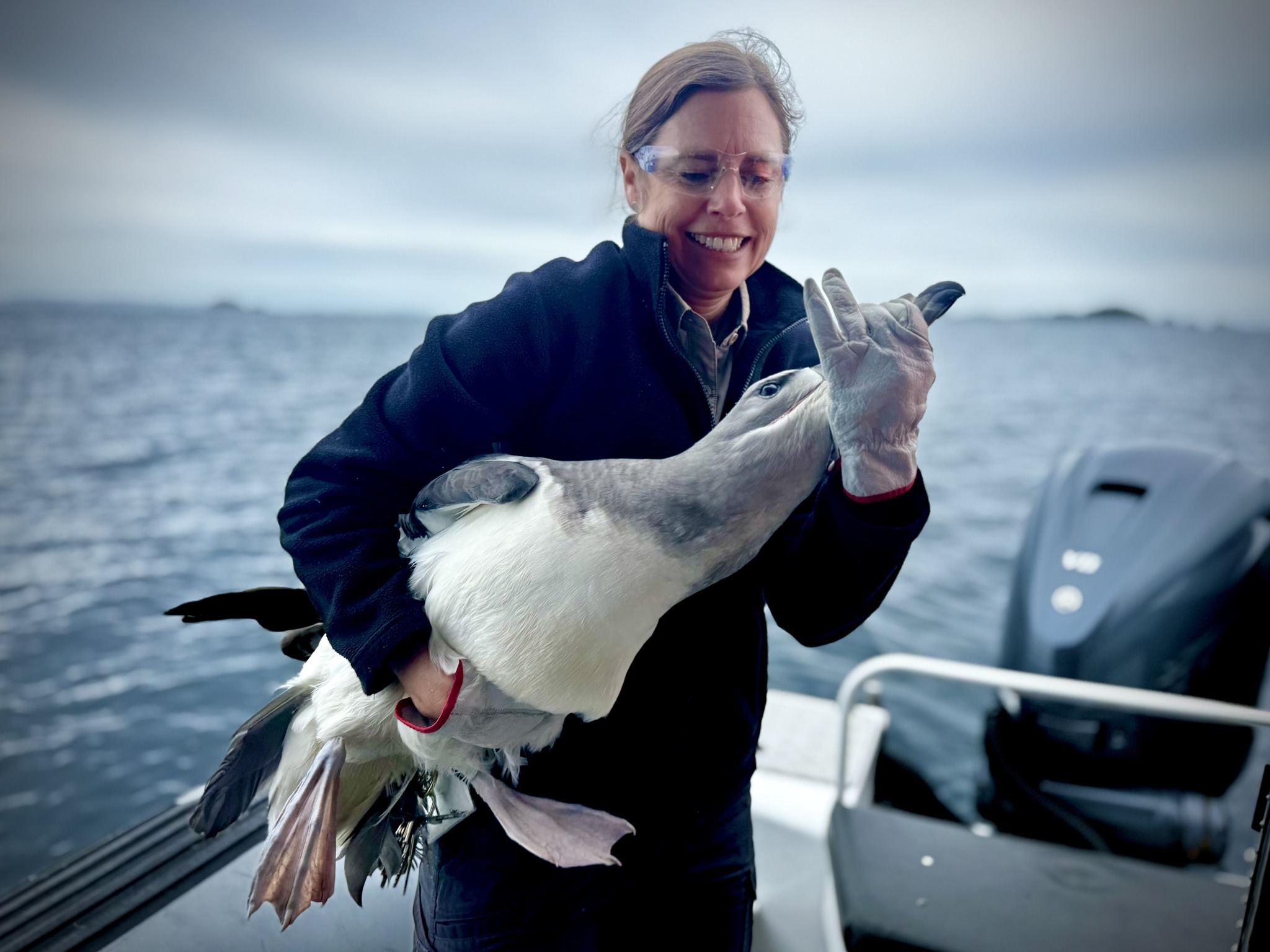
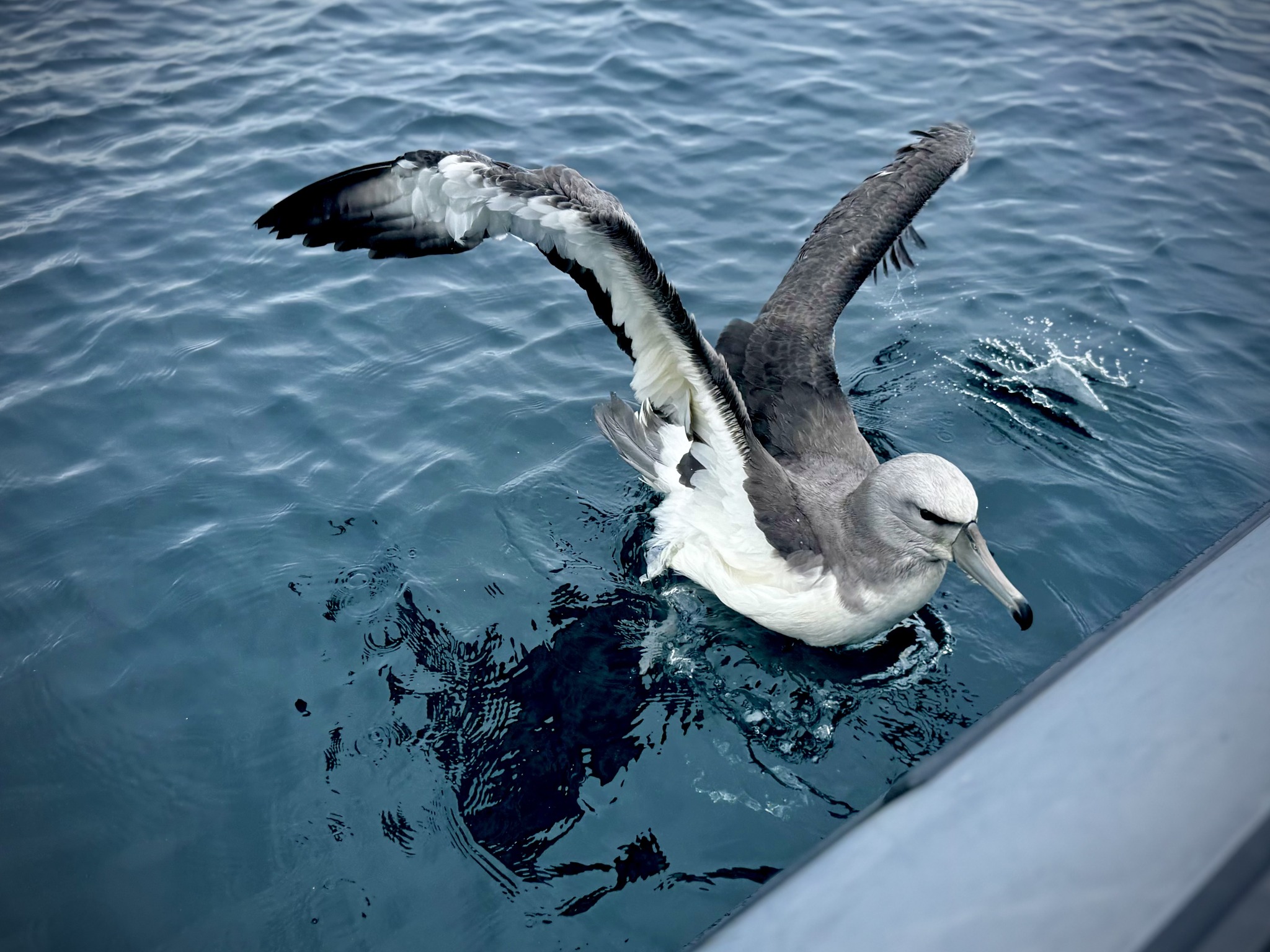
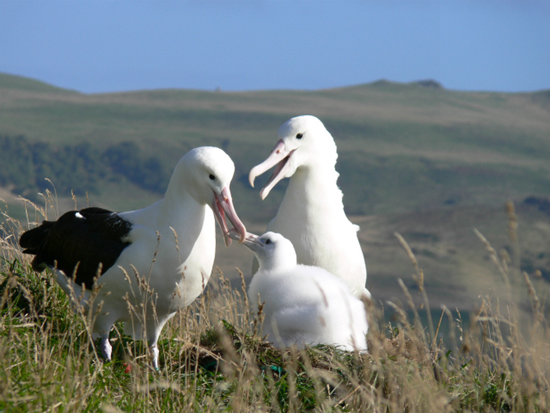
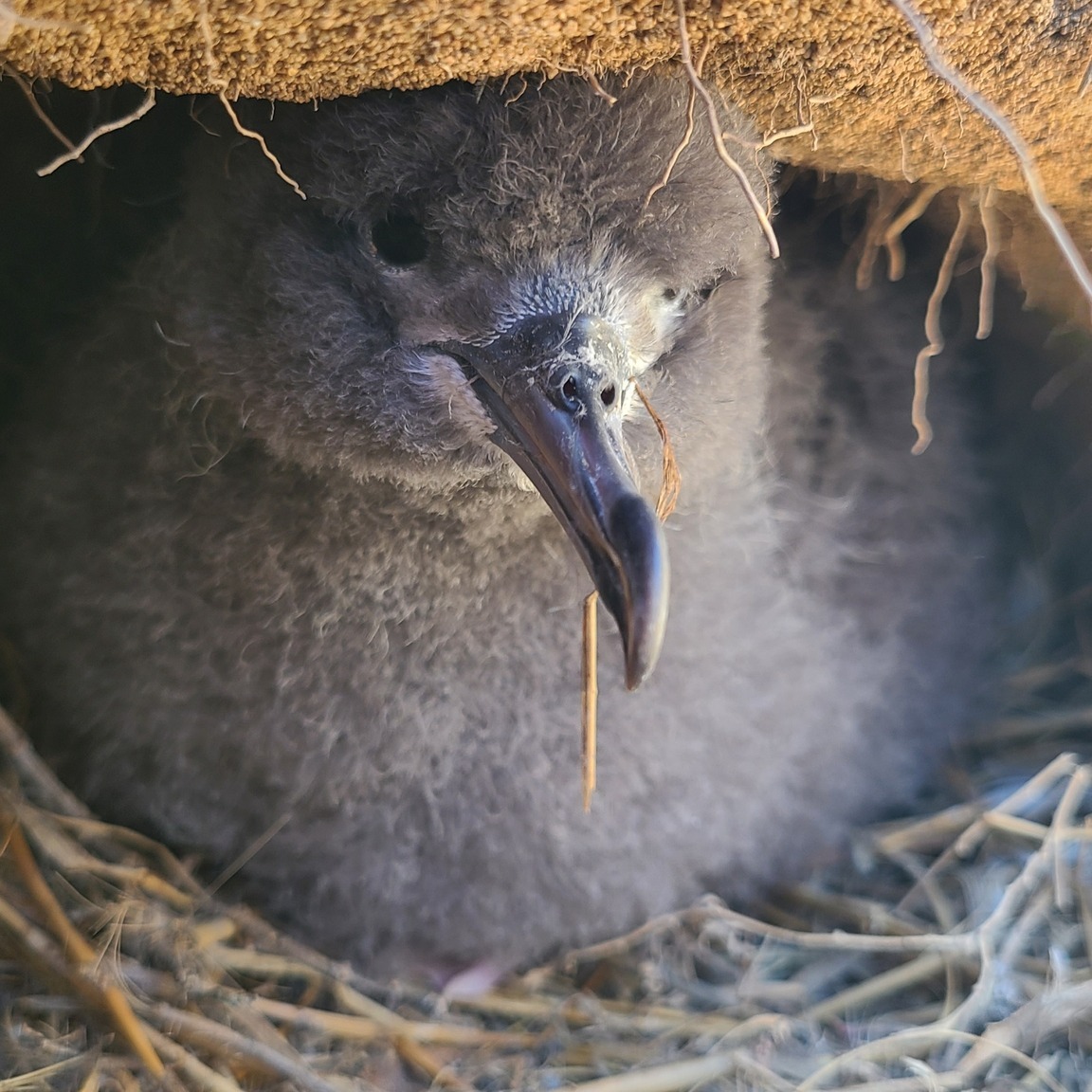 A Wedge-tailed Shearwater chick in the Kaena Point NAR, photograph by Sora Gallo
A Wedge-tailed Shearwater chick in the Kaena Point NAR, photograph by Sora Gallo

